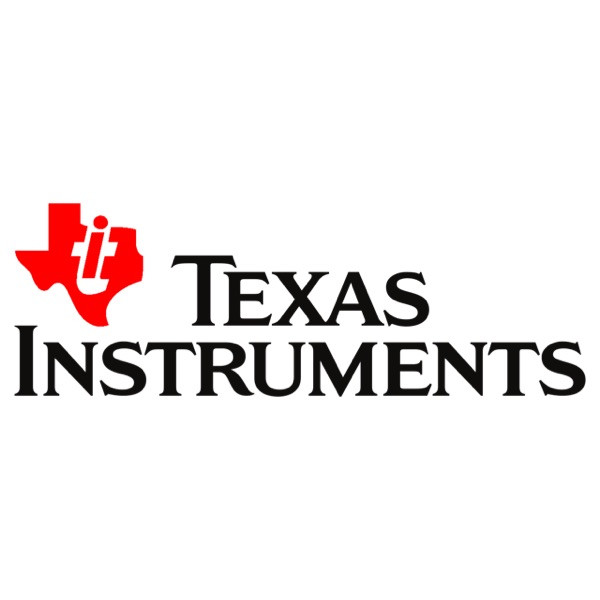Dual-supply bus transceiver designed for asynchronous communication between data buses
14-08-2019 | Texas Instruments | Power
Texas Instruments SN74AXC4T774 Dual-Supply Bus Transceiver is a four-bit non-inverting bus transceiver that utilises two individually configurable power-supply rails. The device is operational with both VCCA and VCCB supplies as low as 0.65V. The A port is intended to track VCCA, which takes any supply voltage from 0.65V to 3.6V. The B port is intended to track VCCB, which also takes any supply voltage from 0.65V to 3.6V. The device is also compatible with a single-supply system.
The device is created for asynchronous communication between data buses. The device transmits data from the A bus to the B bus or from the B bus to the A bus, dependant on the logic level of the direction-control inputs (DIRx). The output-enable input (OE) is utilised to disable the outputs so the buses are effectively isolated. The device is created so the control pins (DIRx and OE) are referenced to VCCA. To assure the high-impedance state of the level shifter I/Os through power up or power down, the OE pin should be tied to VCCA through a pullup resistor.
This device is completely specified for partial-power-down applications utilising the Ioff current. The Ioff protection circuitry ensures that no excessive current is drawn from or to an input, output, or combined I/O that is biased to a specific voltage while the transceiver is powered down. The VCC isolation feature assures that if either VCCA or VCCB is less than 100mV, both I/O ports are set to the high-impedance state by disabling their outputs. Glitch-free power supply sequencing enables either supply rail to be powered on or off in any order while giving robust power sequencing performance.
Typical applications include enterprise and communications, industrial, personal electronics, wireless infrastructure, building automation, and point of sale solutions.
By Natasha Shek

SN74AXC4T774

